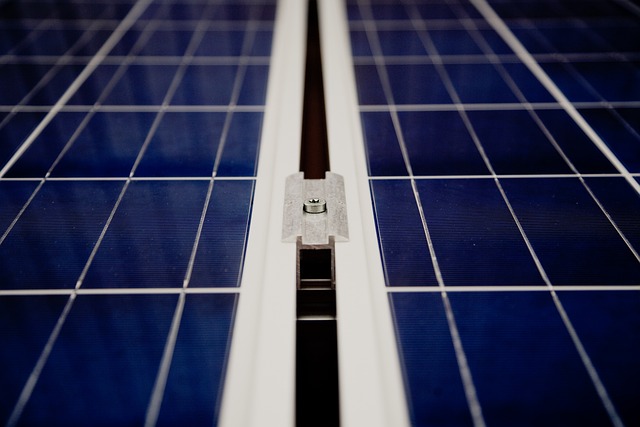
Welding cables are essential in numerous industrial and electrical applications, and they have recently gained popularity in renewable energy setups, such as solar power systems. When considering wiring options for a 750-watt solar system, welding cables are an effective choice due to their durability, flexibility, and ability to handle high current loads. In this article, we’ll discuss what welding cables are, their properties and applications, and how they can be used in a 750-watt solar system.
What Are Welding Cables?
Welding cables are highly flexible copper cables used primarily in welding equipment to deliver high currents between welding machines and the welding tools. The key features that define welding cables are their excellent flexibility, heat resistance, and high conductivity, making them suitable for environments where the cable needs to move frequently and handle significant electrical loads.
Properties and Characteristics of Welding Cables
- High Flexibility: Welding cables are designed to be incredibly flexible, thanks to their fine copper strands and flexible insulation. This makes them ideal for applications where cables need to bend or move regularly, such as in welding operations.
- Durability: The insulation on welding cables is built to withstand rough environments. These cables are resistant to abrasion, chemicals, oils, and moisture, making them ideal for outdoor or industrial use.
- High Current Capacity: Welding cables can carry large amounts of current without overheating. They are commonly made from fine copper strands, which provide excellent electrical conductivity, ensuring minimal energy loss even when carrying heavy electrical loads.
- Heat and Temperature Resistance: The insulation of welding cables is typically made from materials like neoprene or EPDM rubber, which allows them to withstand high temperatures generated by electrical current or external environmental factors.
Applications of Welding Cables
Welding cables are widely used in industries such as automotive repair, construction, shipbuilding, and manufacturing for delivering high currents to welding machines. However, their properties also make them useful in various electrical systems, including renewable energy systems like solar power installations.
In renewable energy applications, welding cables are valued for their ability to handle high current loads, their flexibility for routing through tight spaces, and their durable insulation, which protects against environmental factors such as UV exposure, moisture, and temperature changes.
What Is a 750-Watt Solar System?
A 750-watt solar system is a small to medium-sized solar energy setup typically used in residential or small-scale commercial settings to generate renewable electricity. A system of this size is capable of generating around 3 to 4 kilowatt-hours (kWh) of electricity per day, depending on the location and amount of sunlight. It can power small appliances, charge batteries, or supplement a home’s energy needs, reducing reliance on the grid.
Components of a 750-Watt Solar System
A 750-watt solar system typically includes:
- Solar Panels: Panels capture sunlight and convert it into DC electricity.
- Charge Controller: Regulates the flow of electricity to prevent overcharging the batteries.
- Inverter: Converts the DC electricity generated by the panels into AC electricity, which is used by most household appliances.
- Batteries: Store electricity for use when sunlight is not available.
How Welding Cables Are Used in 750-Watt Solar Systems
Welding cables play a critical role in solar systems, particularly in the wiring between components like solar panels, batteries, and inverters. In a 750-watt solar system, welding cables are used to connect the solar panels to the charge controller and inverter, as well as between the charge controller and the battery bank.
Benefits of Using Welding Cables in Solar Systems:
- High Current Handling: Solar systems, especially ones that include battery storage, require cables that can handle high current loads. Welding cables are ideal for this as they are capable of transmitting large amounts of electricity without overheating or suffering energy loss.
- Flexibility in Tight Spaces: Solar installations often have limited space for wiring. Welding cables are highly flexible, making them easy to route through tight areas, minimizing installation difficulties.
- Durability and Weather Resistance: Since many solar systems are installed outdoors, cables need to be able to withstand environmental exposure. Welding cables’ rugged insulation provides protection from moisture, UV radiation, and temperature extremes, ensuring long-lasting performance.
Conclusion
Welding cables are an excellent choice for wiring in a 750-watt solar system due to their flexibility, high current capacity, and durability. These cables ensure that the system can handle the electrical load generated by the solar panels and batteries while providing reliable performance in harsh outdoor environments. Their ability to handle high currents, resist heat and environmental damage, and maintain flexibility makes them a vital component in ensuring that solar systems operate efficiently and safely.
Choosing the right cable for your solar system is essential for achieving optimal performance and longevity. By using welding cables, you ensure that your 750-watt solar setup is not only efficient but also durable enough to withstand the demands of real-world applications.

